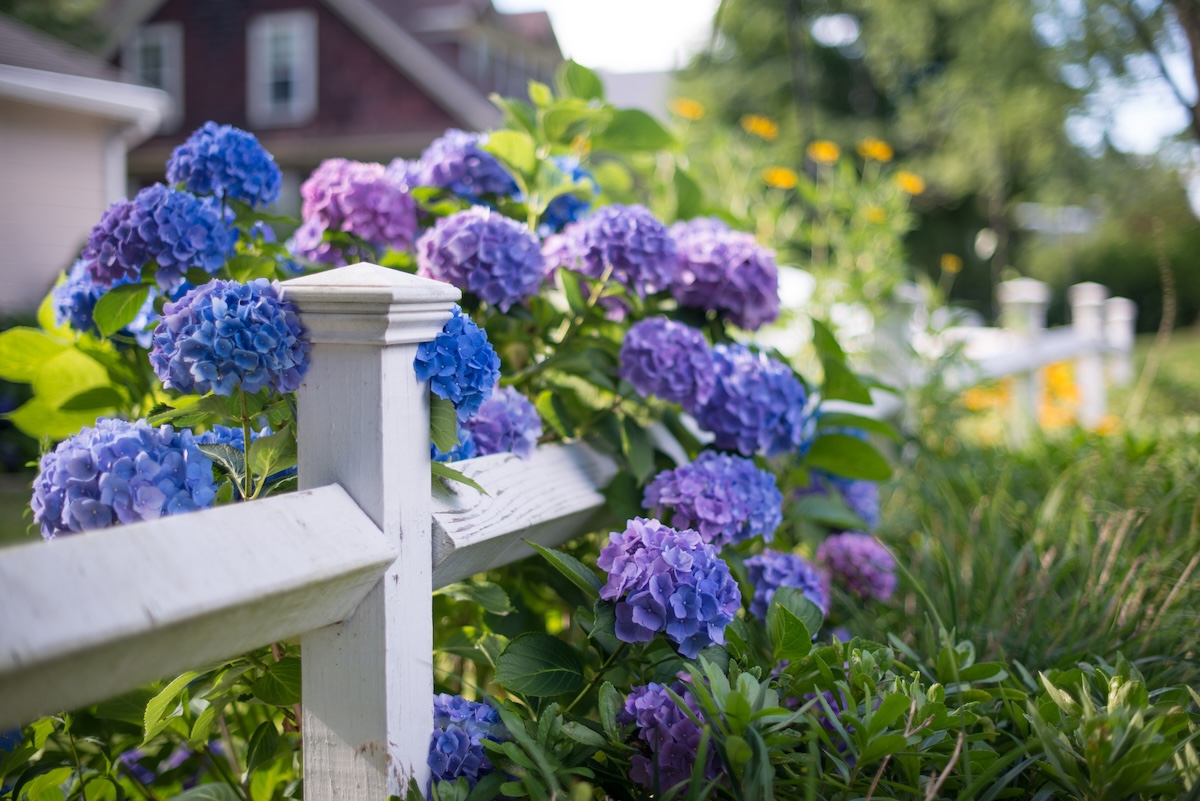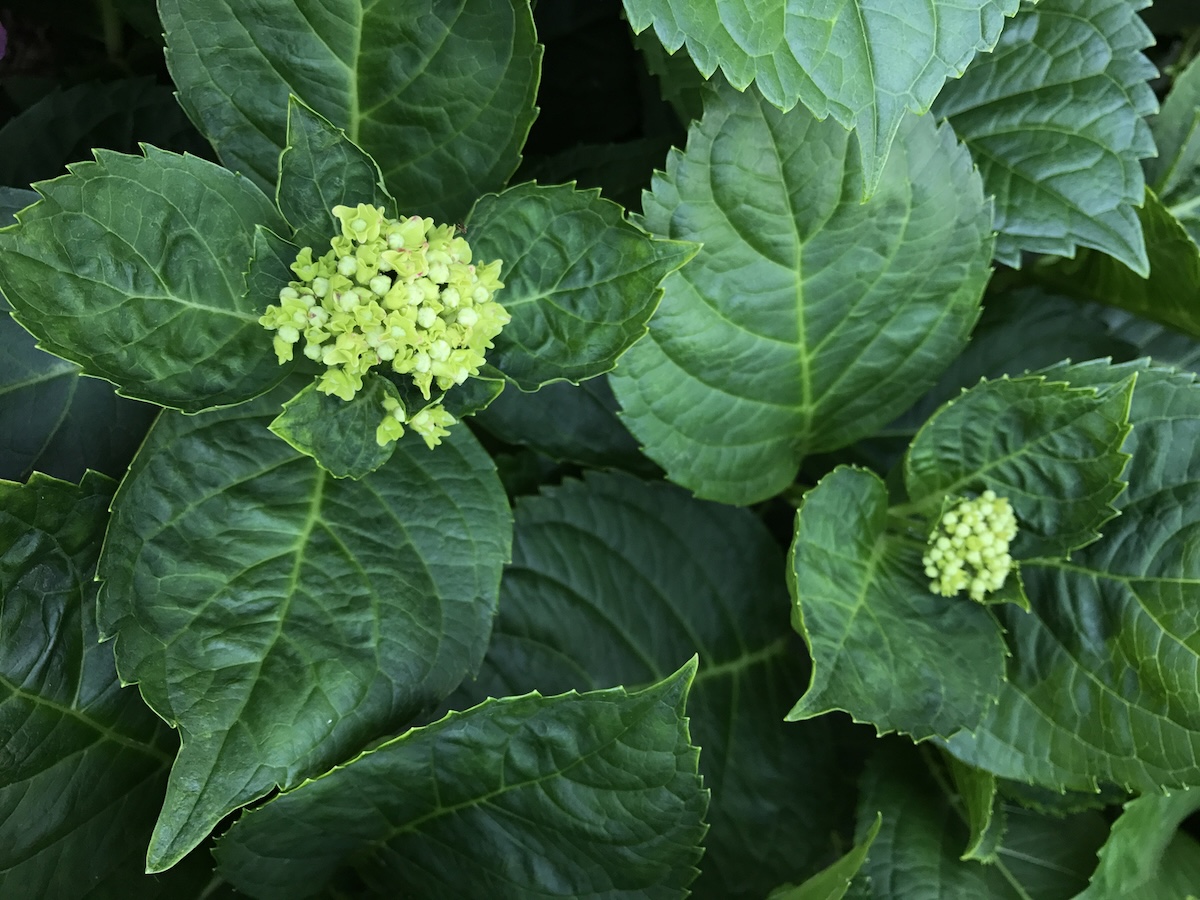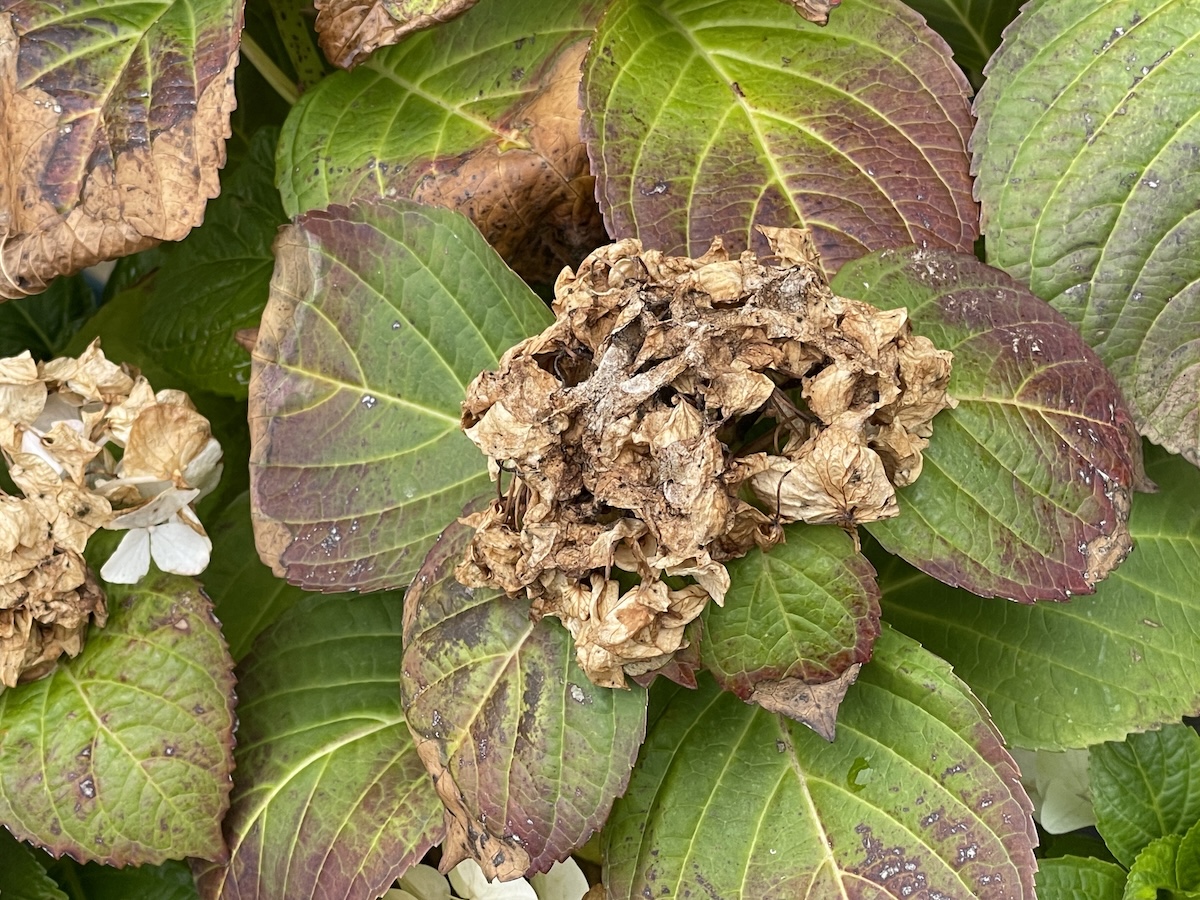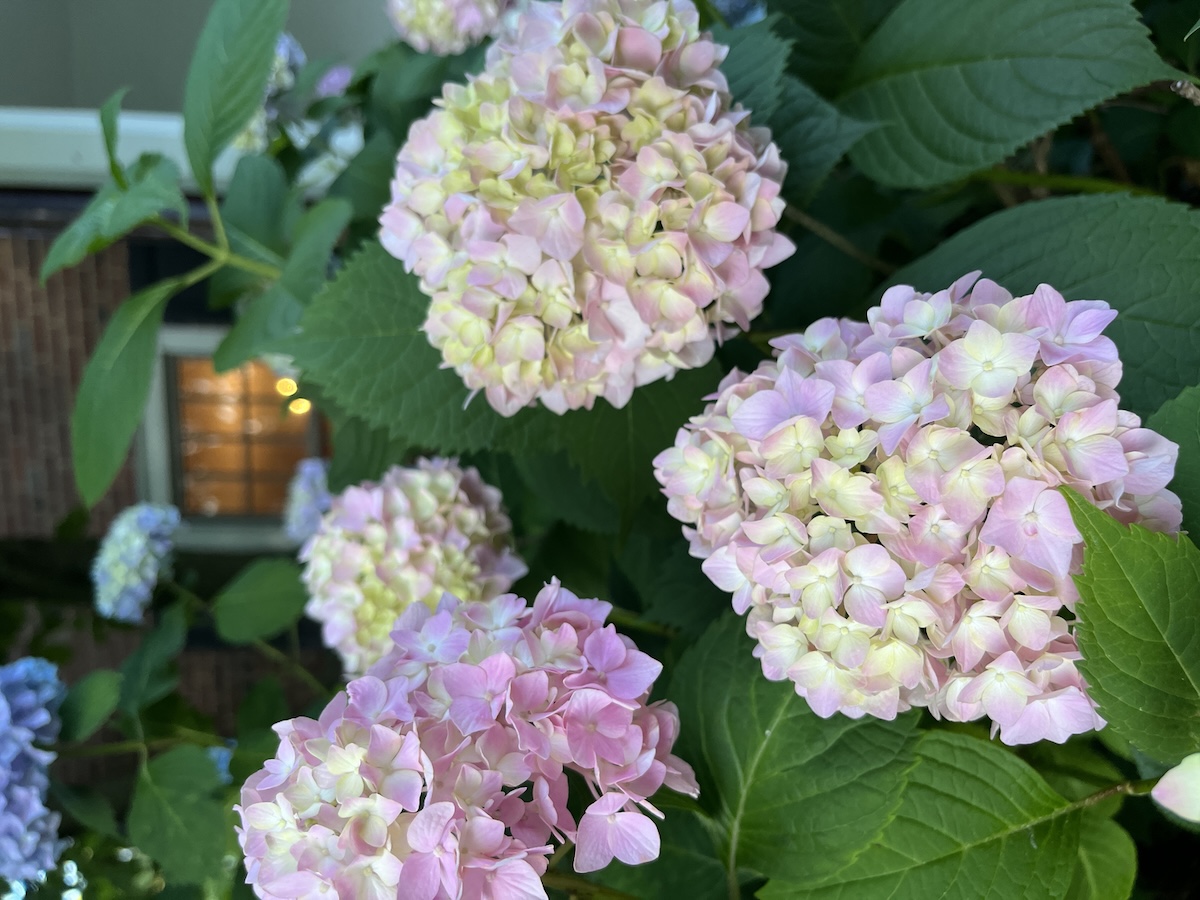

We may earn revenue from the products available on this page and participate in affiliate programs. Learn More ›
Hydrangeas are among the most rewarding flowering shrubs for home gardeners, offering spectacular displays of clustered blooms in shades ranging from white and soft pink to vibrant blue and deep purple. These versatile plants can transform a garden with their lush foliage and abundant flowers, providing months of color from late spring through fall. Whether planted as focal points, floral backdrops, or privacy hedges, hydrangeas bring an old-fashioned charm and romantic appeal to the landscape.
However, even the most dedicated gardeners occasionally face the disappointment of hydrangeas not blooming as expected or producing fewer flowers than in previous years. We spoke to some gardening pros to understand the underlying causes of poor flowering performance and how to encourage more blooms in the future.

Reasons Hydrangeas Aren’t Blooming
Hydrangeas not blooming can stem from various factors, ranging from improper pruning techniques to soil conditions and seasonal weather patterns. Here are some possible reasons why your hydrangeas may be bare this growing season.
Pruning at the Wrong Time
Improper timing of pruning is the most common reason that blooms don’t appear, says BJ Hamilton, owner and founder of Natures Own Landscapes, a full-service landscaping company in Springfield, Ohio. “Too many people prune their hydrangeas in late fall or early spring, unknowingly removing the next year’s flower buds,” he says. “Last year, I had a client who was religiously pruning her hydrangeas every March and couldn’t figure out why she got beautiful green bushes but zero flowers.” He recommends pruning right after blooming ends—typically in late summer for most varieties.
Overfertilizing With Nitrogen
Using too much fertilizer with nitrogen creates lush green growth but kills blooms, warns Hamilton. “I’ve seen beautiful, healthy-looking hydrangeas with zero flowers because homeowners applied too much lawn fertilizer nearby,” he notes. Essentially, the plants get so rich in nitrogen that they focus on leaf production instead of flowering. To remedy this situation, switch to phosphorus-heavy fertilizer the next spring to enjoy more blossoms.
Poor Soil Conditions
Soil conditions also can affect whether you see your hydrangeas blossoming. “Hydrangeas perform best in slightly acidic soil with good drainage, but I frequently encounter clients with compacted clay or overly alkaline soil that stunts bloom production,” explains John Caplis, owner of AJM Grounds, LLC in Woburn, Massachusetts.
Soil pH problems and inconsistency also create headaches. “I’ve seen gorgeous hydrangeas that bloom sporadically because the soil pH keeps shifting between 6.0 and 7.5 from season to season,” says Caplis. If the pH level is off, the plants can’t properly absorb nutrients, and the bloom color can even change. He recommends testing soil annually to make sure it is adequately supporting your hydrangeas.
“Too many people prune their hydrangeas in late fall or early spring, unknowingly removing the next year’s flower buds.”
BJ Hamilton, Natures Own Landscapes

Late Spring Frost Damage
A part of hydrangea care that also can affect blooming is important in regions that might have a late spring frost, which can damage both emerging buds and established hydrangeas. “Last year, we had clients whose hydrangeas leafed out beautifully in April but then got hit by a brutal May frost that killed all the emerging flower buds. The plants looked healthy but produced zero blooms all season,” recalls Caplis. To prevent damage from a cold snap, Caplis recommends wrapping the hydrangeas as soon as frost warnings are announced. It’s also best to avoid planting hydrangeas in south-facing spots where early warming can trick the plants.
Not Getting Enough Water
Hydrangeas require consistent moisture to thrive, so check that they are getting watered sufficiently—too much or too little could impact growth. Stressed plants end up focusing more on root and foliage production than on flowering. “Drought stress is a major factor. Even though hydrangeas seem hardy, they need consistent moisture during bud formation in summer,” explains Caplis. Take preventive measures by making sure the soil is evenly moist and drains well.
Wrong Variety for the Location
Choosing from among hydrangea species is about more than color. Planting one that isn’t meant for the location where you live or the specific spot where you plant the shrubs can result in flowerless plants. “I see people plant panicle hydrangeas in full shade, expecting the same performance as their neighbor’s sun-planted ones,” says Caplis. Always check to see whether the variety is suitable for your hardiness zone.

How to Encourage More Blooms
If you’re feeling frustrated by your bare hydrangeas, fortunately you can take some steps to spur more blooms either later this year or next year, according to Hamilton and Caplis.
- Apply a balanced fertilizer in early spring, avoiding high-nitrogen fertilizers that promote leaf growth over flowers.
- Add mulch or compost around the base of the plants to help retain moisture and regulate soil temperature.
- Be sure you are watering the plants properly through summer. Experts typically advise deep watering twice a week during summer drought periods.
- Don’t prune the plants until after they bloom each season.
- In the fall, move any hydrangeas that are getting less than 4 hours of sunlight to a brighter location in your yard.
- Wrap hydrangeas with burlap during harsh winter months to protect sensitive buds from temperature swings that can damage next year’s flowers.
